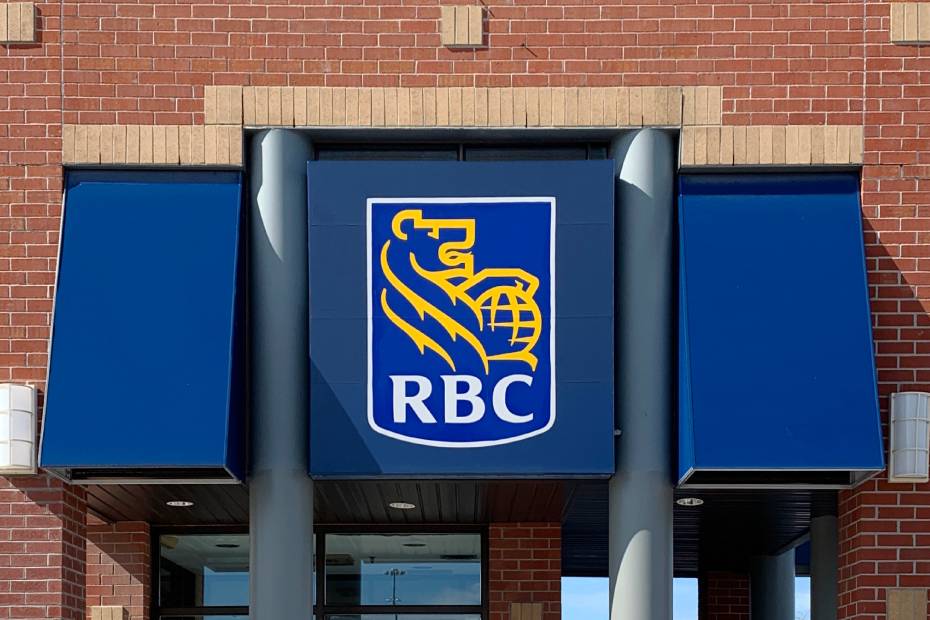Government spending could lift Canada’s economy, RBC says

A July 22 report from RBC Economics says stronger-than-expected federal and provincial spending could lift Canada’s economic outlook.
RBC Assistant Chief Economist Cynthia Leach said the federal government may delay its 2025 budget until the fall, but higher deficits already appear likely. “Announcements on items like defence, along with extensive election promises, make the direction clear, even if the exact when and where are not,” she said.
Provinces account for half of all government program spending but just a quarter of the projected 2024–25 deficits. However, Leach said increases already built into 2025 provincial budgets are becoming a key part of the broader fiscal story.
“We’ve conservatively marked up our 2025 and 2026 GDP forecasts due to the strong expected fiscal impulse,” she said. RBC added 0.1 percentage point to its 2025 forecast and 0.3 points to 2026. “But fiscal policy will remain a wildcard. Its impact on growth depends on what moves forward, when, and how the economy evolves.”
Under base-case assumptions, RBC projects the combined federal-provincial deficit will hit $88-billion in 2025–26, up from $51-billion in last fall’s outlook. The analysis adjusts for contingency measures added during the U.S. tariff threat and includes both announced and potential platform spending. RBC notes that not all campaign promises will be enacted.
Provinces are now expected to account for more than 60% of new deficit spending over the next two years—up sharply from just 17% last fall. By 2027–28, provincial deficits could fall to $4-billion, while federal deficits remain in the $50-$60-billion range.
“Provincial budgets cover three years, while federal ones cover five,” Leach noted. “Beyond 2027–28, comparisons can be misleading. Also, federal deficits have tended to come in higher than projected, while provincial ones have typically come in lower.”
She said the fiscal impulse—the impact of government spending on growth—could be much higher than previously expected. RBC estimates the combined deficit could reach nearly 3% of GDP in 2025–26, then hover around 1.5% over the following two years.
Infrastructure-focused spending is expected to be a key driver. While infrastructure represents only 2% of new budgeted accrual spending in Ontario, Quebec, and B.C., those provinces plan an added $4.4-billion in capital outlays through 2026 for roads, hospitals, and schools.
“The strength of the fiscal impulse depends on the supply-demand balance in the economy and the type of spending,” Leach said. “Different spending measures carry different multipliers.”
With the output gap widening due to trade uncertainty and tariff risks, RBC and the Bank of Canada both see more room for stimulus. Public spending could offer a greater boost to growth.
“It also supports our view that the Bank of Canada is likely done cutting rates,” Leach added. “Fiscal policy is better suited to address ongoing weakness. But there are hurdles. It’s not always clear what measures will be prioritized, and delays—particularly with infrastructure or defence procurement—can mute the impact.”
Leach said the trend toward rising government spending—and its potential to shape the outlook—has RBC watching federal and provincial budgets closely.
-30-
Nick Waddell
Founder of Cantech Letter
Cantech Letter founder and editor Nick Waddell has lived in five Canadian provinces and is proud of his country's often overlooked contributions to the world of science and technology. Waddell takes a regular shift on the Canadian media circuit, making appearances on CTV, CBC and BNN, and contributing to publications such as Canadian Business and Business Insider.
